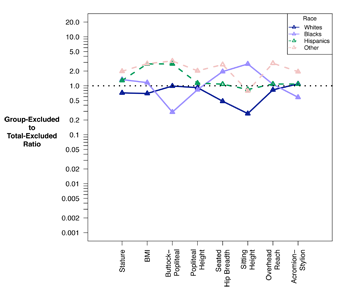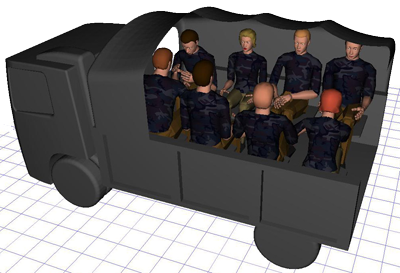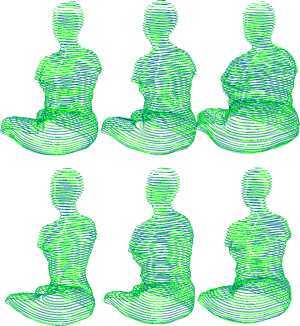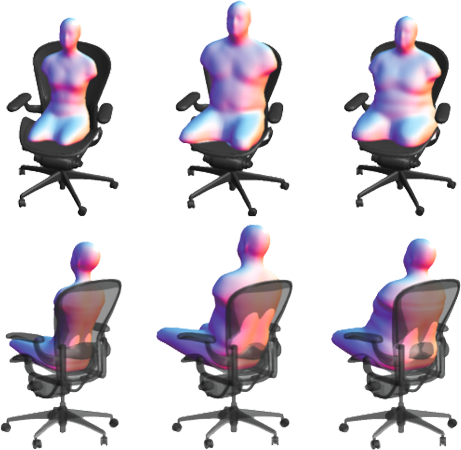
by mbp11 | May 9, 2009 | Publications
When designing a product to interact with the human body, designers consider the sizes and shapes of people. A population’s variability in body size and shape can be accounted for in many ways, such as offering products in multiple sizes or including...

by mbp11 | May 9, 2009 | Publications
Designing for human variability frequently necessitates an estimation of the spatial requirements of the intended user population. These measures are often obtained from “proportionality constants” which predict the lengths of relevant anthropometry using...

by mbp11 | May 9, 2009 | Publications
The overall goal of preference modeling methodologies in the field of designing for human variability (DfHV) is to accommodate (i.e., satisfy the safety and comfort requirements of) the desired percentage of the target user population while concurrently ensuring...

by mbp11 | Jan 1, 2009 | Publications
People interact with many different spaces on a daily basis: subway cars, offices, restaurants, and classrooms are examples of just some of these. However, these spaces and products that are meant to make lives more comfortable and efficient often do just the...

by mbp11 | Dec 9, 2008 | Publications
Virtual fitting trials using large populations of digital human models can improve spatial design of seats and their performance for target user populations.

by mbp11 | Aug 3, 2008 | Publications
Anthropometric data are widely used in the design of chairs, seats, and other furniture intended for seated use. These data are valuable for determining the overall height, width, and depth of a chair, but contain little information about body shape that can be used...






